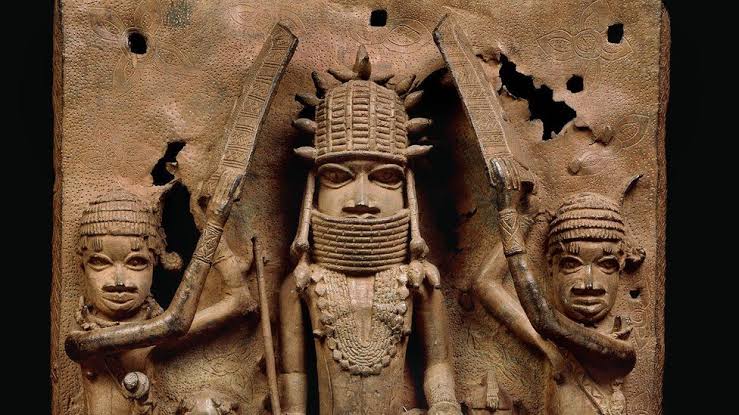For centuries, Africa’s cultural heritage has been plundered, with countless artifacts taken by colonial powers and foreign explorers. These treasures, which hold immense historical and cultural value, were removed from their rightful places and displayed in museums and private collections across Europe and North America. These artifacts include everything from sacred sculptures and ancient manuscripts to intricate jewelry and ceremonial masks, each representing the rich and diverse cultures of African civilizations.
In recent years, the call for the return of these stolen artifacts has grown louder. African countries, cultural organizations, and activists have been advocating for the repatriation of their heritage, arguing that these items are not mere objects but are integral to the identity and history of their people. They believe that these artifacts belong in the lands where they were created, where they can be appreciated and understood in their proper cultural context.
Some European institutions have begun to acknowledge this injustice and have started the process of returning certain items to their countries of origin. This has been a significant step forward, though it is only a fraction of what needs to be done. The return of artifacts such as the Benin Bronzes to Nigeria and the Maqdala treasures to Ethiopia are notable examples of successful repatriation efforts. However, these returns are often accompanied by complex negotiations and are not always straightforward.
Despite these positive developments, many artifacts remain in foreign museums and collections. Institutions often cite legal, logistical, and even conservation concerns as reasons for not returning these items. In some cases, there is resistance based on the argument that these artifacts are part of a global heritage and should be accessible to people all over the world. However, this perspective is increasingly being challenged by those who argue that the rightful owners of these artifacts are the communities and cultures from which they were taken.
The fight for the return of these artifacts is not just about the objects themselves but about reclaiming a narrative that has been distorted by colonialism. These items represent a history that was violently interrupted, and their return is seen as a way to restore a sense of dignity and ownership over that history.
The road to full repatriation is likely to be long and challenging, but the momentum is building. As more countries and institutions engage in dialogue and negotiations, the hope is that more artifacts will be returned to their rightful homes. This process is not just about correcting historical wrongs but also about fostering a new relationship between Africa and the rest of the world—one based on mutual respect and understanding.
In the end, the return of these artifacts is a step towards healing and rebuilding. It is about giving back what was taken, restoring cultural pride, and allowing future generations to connect with their heritage in a meaningful way. While the journey is far from over, each returned artifact brings us closer to a more just and balanced world.











